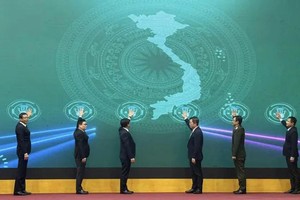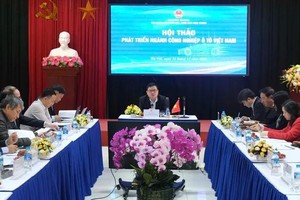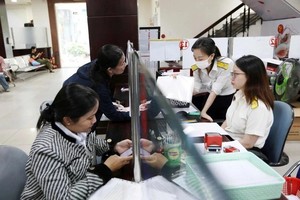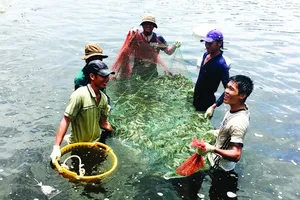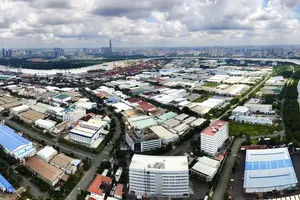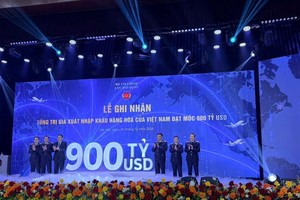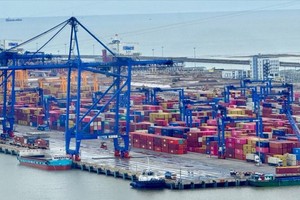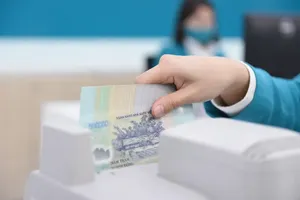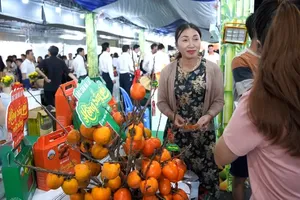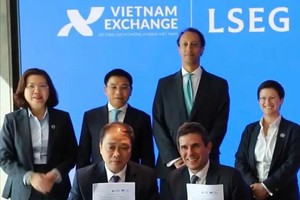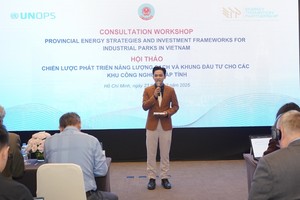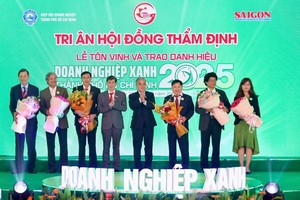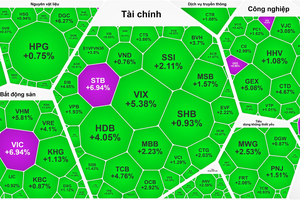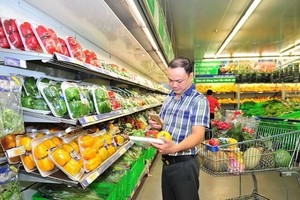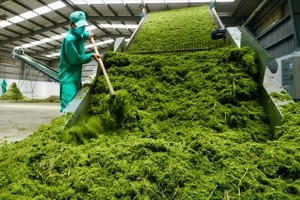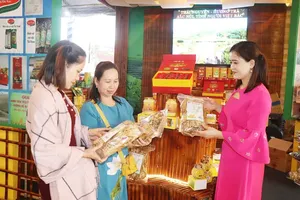Commodities from ASEAN countries are flooding the Vietnamese market like never before, giving local consumers more choices, but also putting the country at risk of entering a depression in which only foreign goods are consumed.
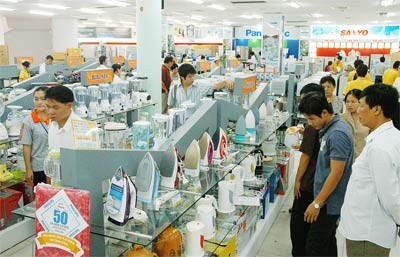
Flood waters on high
A vast variety of ASEAN goods can now be found in Vietnam, whether in brand new modern supermarkets, or on the streets sold by hawkers and curbside stalls.
They include an array of high and low quality products including sweets, cosmetics, footwear, underwear, instant noodles, dishes, children’s toys, watches, fans, and even needles and threads.
The most popular ASEAN goods at Vietnamese stalls are household appliances and cosmetics made in Thailand and Malaysia, as these products are half or one-third cheaper than those at supermarkets and grocery stores.
Some shoppers said they are cheaper because they are shoddy and counterfeit goods.
The owner of a stall near Van Thanh Market in Ho Chi Minh City said she goes to Tay Ninh Province once a week to buy goods on sale.
It’s difficult to distinguish between genuine and counterfeit products so she buys those that are pleasing to the eye and then bargains with the seller, she said.
She doesn’t only sell dishes, pans, torches, instant noodles, cosmetics, watches but also used clothes at very cheap prices of around VND15,000-20,000 per item.
Though used clothing is one of the goods banned from importing into Vietnam to protect local production and prevent the transmission of disease, used clothing imports are still sold all over the place.
The volume of ASEAN goods sold at supermarkets has increased rather sharply over the past three years, accounting for 25-30 percent of imported goods.
Some supermarkets have begun to develop a strategy to import ASEAN products to enhance their competitiveness since import tariffs on ASEAN products have been cut to 0-5 percent.
Local problems
It has yet to be determined whether these ASEAN goods are imported legally or illegally, but local producers will face difficulties if more ASEAN goods flood the market.
For instance, Saigon Cosmetics Corporation has lost its counter position at some supermarkets who now display cosmetic brands from Malaysia, Thailand and Indonesia with a discount of 30-40 percent to attract shoppers.
As a result, once-famous Vietnamese cosmetic brands such as Thorakao and Lana are struggling with foreign brands such as Marry Ho, White Care and De Care.
The director of Cho Lon Plastic Company said he doesn’t know why ASEAN goods are that cheap.
“We can compete with current selling prices only if we sell our products at prices lower than cost,” he said.
Trade imbalance
ASEAN is Vietnam’s third largest importer, after the US and EU, but on the other hand, ASEAN is the country’s second largest exporter after China.
The Industry and Trade Ministry said exports to ASEAN countries have increased slowly while imports from ASEAN countries have soared rather rapidly, giving rise to a serious regional trade gap.
Experts said many local enterprises don’t know how to take advantage of trade agreements to boost the export of their products to ASEAN countries.
Bui Hanh Thu, deputy director of Saigon Co.op, Vietnam’s leading supermarket chain, said marketers and advertisers in ASEAN countries do a far better job of promoting their products than those in Vietnam.
Besides fairs and exhibitions to introduce products, they have a concrete plan for each brand to expand in the Vietnamese market every year, she said.
Producers usually invite buyers to visit their factories to create good impressions and trust for Vietnamese buyers.
